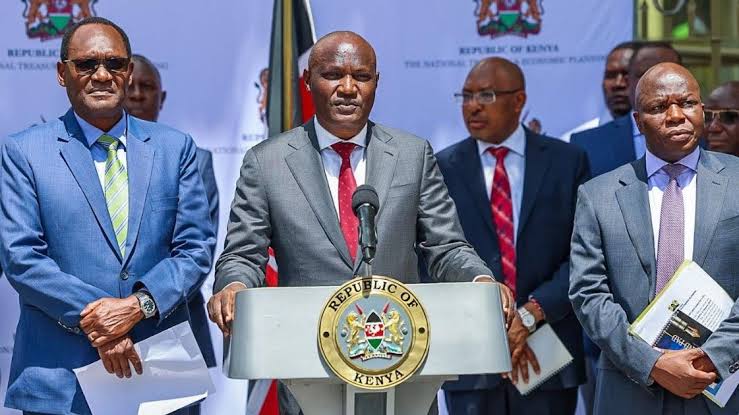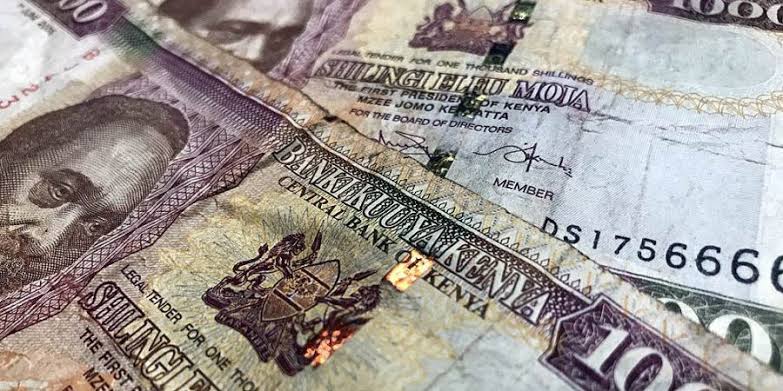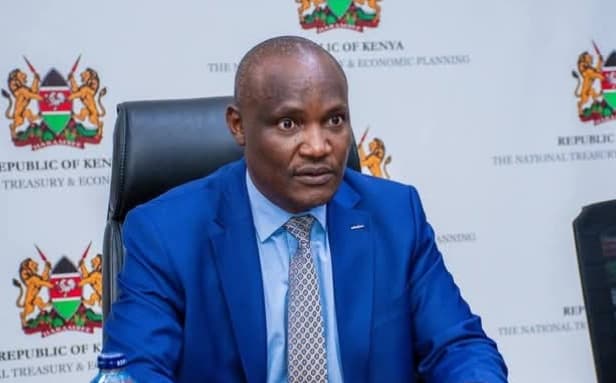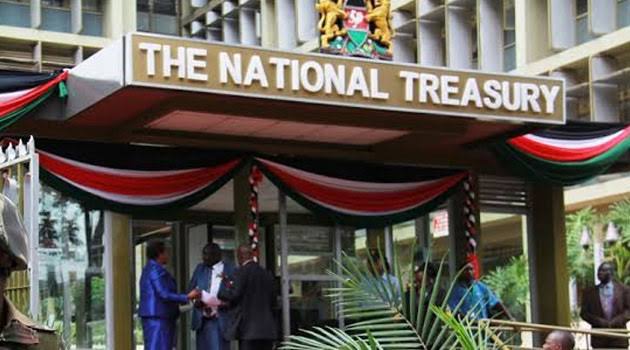Kenya is pressing the reset button – not with more taxes or tougher times, but with a bold, people-first approach to budgeting.
The 2025/26 budget is shaping up as a moment of reckoning and renewal.
It’s not just about numbers – it’s about national priorities, fiscal discipline, and citizen welfare.

Listening Over Legislating
Following the public outcry and eventual withdrawal of the Finance Bill 2024, the message from Kenyans was loud and clear: development must not come at the cost of daily survival.
The new direction? A government that listens.
Cabinet Secretary John Mbadi is leading a shift toward responsibility, affordability, and innovation – not pressure.
No major new taxes. No knee-jerk deductions. Just a smarter way of doing things.
What to Expect:
Tax Relief, Not Pressure: Households can breathe a little easier. The 2025/26 budget avoids introducing new taxes, easing pressure on incomes and consumption.
Efficiency is the New Currency: The plan is to operate within a zero-deficit budget – tightening belts in government, trimming fat, and restoring public confidence.
Innovation Over Imposition: Forget toll hikes and punitive tax measures. Instead, the Treasury is betting on tech to raise revenue the smart way.
Innovation at Work:
Smart Traffic Monitoring: Automated enforcement of road rules like overloading and speeding will enhance safety and bring in revenue without burdening compliant drivers.
Digital Governance: Expect deeper automation and tighter oversight. E-governance will plug revenue leaks and speed up service delivery.

Public Participation as Policy
For the first time in recent memory, public hearings and stakeholder consultations are central to the budget process.
This isn’t just budgeting – it’s co-creating Kenya’s future.
What is Ahead?
This is more than a budget.
It’s a chance to rebuild trust, refocus national energy, and fuel economic growth without pain.
With BETA as the guiding framework and prudence at its heart, Kenya’s 2025/26 financial year may just become the blueprint for resilient, inclusive recovery.
Because the future isn’t far – and this budget might just be the bridge that gets us there.




